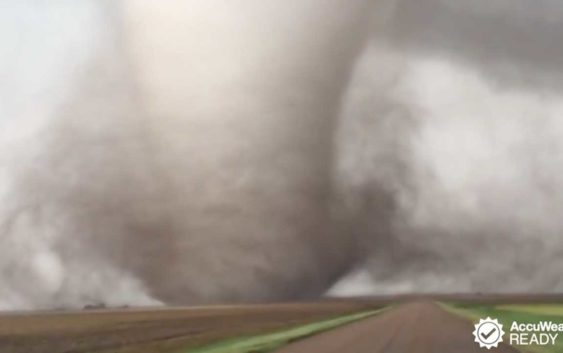- AI simulation gives Carolina Hurricanes 20% chance to win 2026 Stanley Cup
- Warf steps down as president of Carolina Hurricanes
- Tornado in North Dakota was the first at EF5 strength in a dozen years
- Eric Tulsky comfortable, confident and going for the Stanley Cup in 2nd year as Hurricanes GM
- 5 homes collapse into the surf of the Outer Banks as hurricanes rumble in Atlantic
Tornado watch vs warning: What to do when you see alert messages

A tornado watch is typically issued hours in advance by NOAA’s Storm Prediction Center (SPC). It means that conditions are ideal for a tornado to form. A watch will not necessarily result in severe weather, AccuWeather explains.
“A watch is issued when conditions are favorable, for example, either for a severe thunderstorm or tornadoes,” AccuWeather.com Senior Meteorologist Dan Kottlowski said. “It doesn’t mean severe weather is imminent.”
If there is a watch in your area, you should keep an eye on weather alerts and be prepared to act. Make sure you know ahead of time what to do if a tornado hits.
While a watch covers a broad region, a warning is issued by a local National Weather Service meteorologist for a smaller area.
A warning means that either a tornado has been spotted or a radar has picked one up.
If you are in an area with a tornado warning, it’s time to act immediately. Get to a safe space such as a storm shelter. If you don’t have one, the best option is usually in the basement or the middle of a building, away from windows, preferably in an area with reinforced walls.
On rare occasions during significant events such as a tornado outbreak near a heavily populated area, a tornado emergency might be issued. The difference between a warning and an emergency has to do with how widespread the damage could be.
Just as with a tornado warning, those in the path of a tornado emergency should seek shelter and wait for authorities to say when it’s safe to come back out.
MORE TORNADO SAFETY INFORMATION
Copyright © 2021 WTVD-TV. All Rights Reserved.